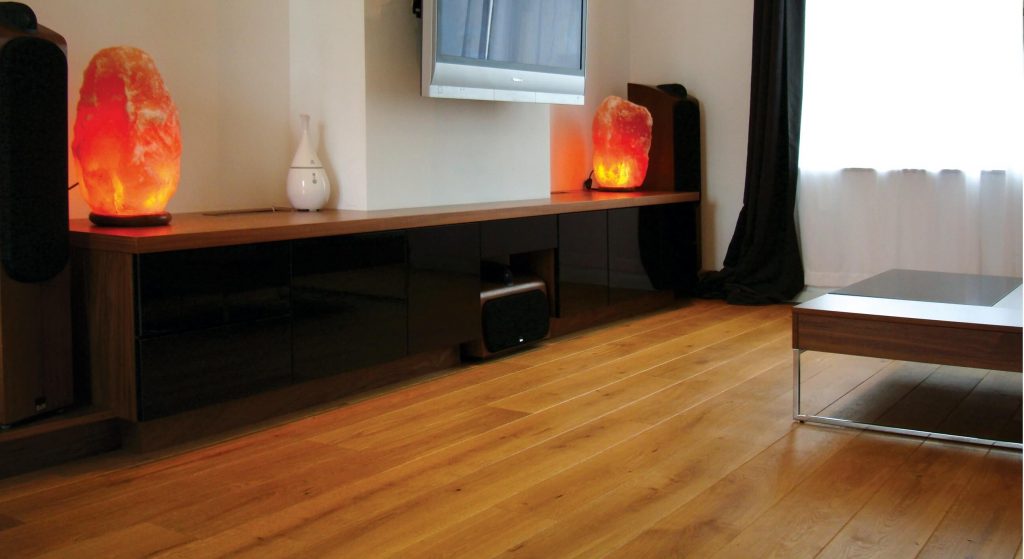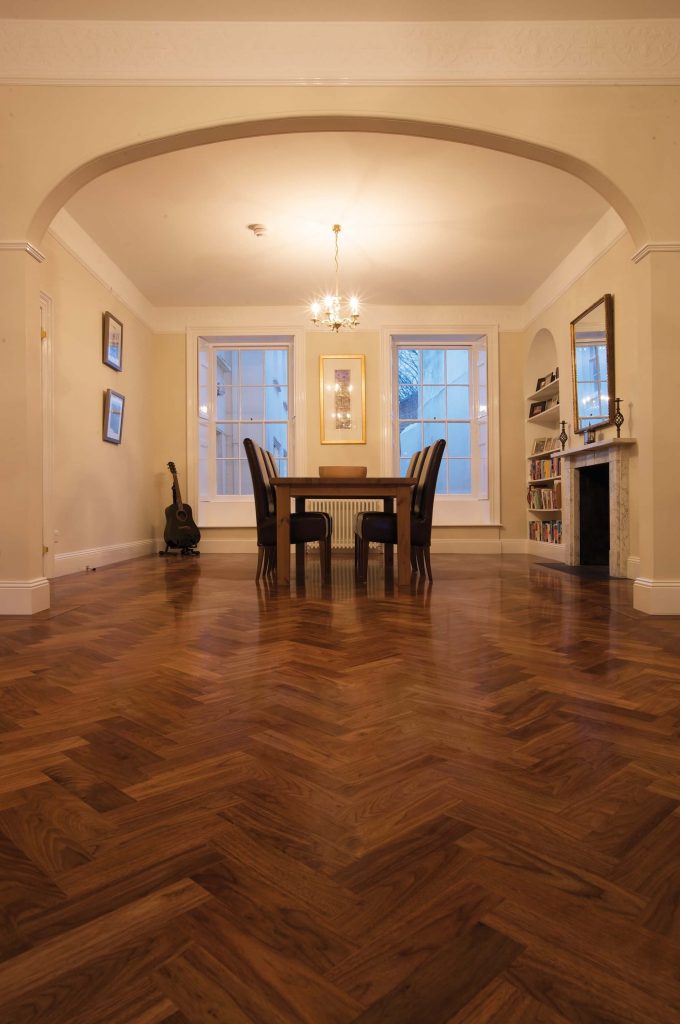Important information
When choosing a wooden floor it is important to know that you are choosing a natural product. Wood flooring responds to a number of factors to which it will be exposed when installed in your home.
The main factors are moisture, relative humidity, temperature, ultra-violet light and, of course, wear and tear. The area in the house and the heating and ventilation of the house also play an important role.

Colour
All wood floors will change in colour over time and so will the various finishes, this is normal and to be expected. In antique furniture it is referred to as patina, and is caused by a combination of ageing, exposure to daylight, cleaning, maintenance, wear and polishing.
Most wood types will change colour over time, for example Oak will warm up from a pale light colour to a golden light brown. Maple and Maritime Pine will develop a yellowish tint. Other types of pine can even become warm orange. Many sub-tropical wood types can often have strong responses to exposure. Some red wood types start off pale orange or even yellow, only to develop into a warm deep reddish brown.
The different base treatments, materials and colours used for finishing also play an important role. In our website you will find mostly Hardwax oil finishes and we’ll focus on these.
However, other finishes such as lacquers and waxes also respond to ageing.
An often used treatment is fuming or smoking. Depending on the level and depth of fuming, a fumed floor is at its darkest when freshly finished. It will also show the most variety across the different boards. With exposure fuming lightens up and evens out. Because sapwood does not respond to the fuming treatment it will remain light.
Sample boards in a wood flooring shop will often have been on display for an extended time and will have changed colour from the freshly produced product. When the colour of the floor is essential in the design then request a freshly made sample to be sent to the shop.
The photographs in our website are snapshots and although great care is taken to provide an accurate representation, they may differ from the chosen floor.
Underfloor Heating
These days more and more people choose to install wood flooring on top of Underfloor Heating. Despite the fact that it is not the most ideal combination, engineered wood flooring is suitable for use on Underfloor Heating under
certain conditions. It is important to find out about these conditions from the outset when making your choice. Always discuss these conditions and take professional advice early in the process.
These days more and more people choose to install wood flooring on top of Underfloor Heating. Despite the fact that it is not the most ideal combination, engineered wood flooring is suitable for use on Underfloor Heating under certain conditions. It is important to find out about these conditions from the outset when making your choice. Always discuss these conditions and take professional advice early in the process.
Installation
It is important to make sure that a wooden floor is professionally installed. There are many different flooring types that often each require specific preparations before installation.
Not every wooden floor and finish are suitable for all situations. Always ask for professional advice to match the intended use of the floor.
Cleaning and Maintenance
All wood flooring finishes require regular cleaning and maintenance. Always use the Manufacturer’s recommended cleaners and maintenance products. Often off the shelf
cleaners contain degreasing agents, such as alcohol, which may affect the protection of your floor finish. It is important to choose the correct recommended products.
All wood flooring finishes require regular cleaning and maintenance. Always use the Manufacturer’s recommended cleaners and maintenance products. Often off the shelf cleaners contain degreasing agents, such as alcohol, which may affect the protection of your floor finish. It is important to choose the correct recommended products.


